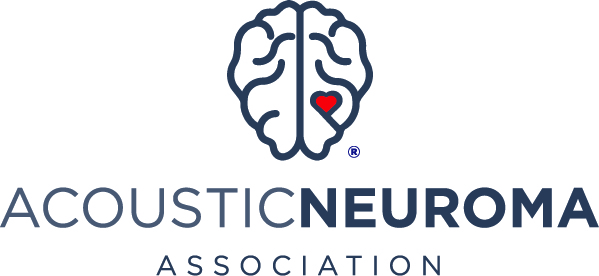I think what constitutes "rarity" in medical circles, and what we think of as "rare" is different. I know that's true for me. I always thought of a "rare disease" as some obscure tropical thing! Acoustic Neuroma is listed under the rare diseases as it isn't "common" amongst the general population. The ANA says that 2000 to 3000 cases a year are diagnosed. Maybe they will one day up that figure, but even if they double it, it still is somewhat rare, by medical standards. I took this off of the Internet. (So it must be true, right?

These were good sources!)
A rare disease (sometimes known as an orphan disease) has such a low prevalence in a population that a doctor in a busy general practice would not expect to see more than one case a year.* Rare diseases, including those of genetic origin, are life-threatening or chronically debilitating diseases which are of such low prevalence that special combined efforts are needed to address them.
As a guide, low prevalence is taken as prevalence of fewer than 5 per 10,000 in the community.
The NIH's Office of Rare Diseases states that, "an orphan or rare disease is generally considered to have a prevalence of fewer than 200,000 affected individuals
Rare diseases are usually chronic. Those that are diagnosed are often life-threatening; less severe rare illnesses are seldom properly diagnosed. Eurordis estimates that at least 80% of them have identified genetic origins. Other rare diseases are the result of infections and allergies or due to degenerative and proliferative causes. Symptoms of some rare diseases may appear at birth or in childhood, whereas others only appear once adulthood is reached.Also this:
The Rare Disease Act of 2002 (HR 4013) and the US Orphan Drug Act define a rare disease or condition as one that "(A) affects less than 200,000 persons in the United States, or (B) affects more than 200,000 in the United States and for which there is no reasonable expectation that the cost of developing and making available in the United States a drug for such disease or condition will be recovered from sales in the United States of such drug." Statistically speaking, with a population of 287,400,000, that means roughly .07% of the US population
So, in the US, if 3000 people a year are diagnosed, then 3000 x say 70 years is 210,000 people . 4000 x 70 years is 280,000 people. If that number were 10,000 a year that would be 700,000 people. A lot of people, but still a small percentage of the population. These numbers are a bit more than the 200,000 mentioned earlier, but still, it's close. As a comparison:
Prevalence of Diagnosed and Undiagnosed Diabetes in the United States, All Ages, 2007
Total: 23.6 million peopleâ€â€7.8 percent of the populationâ€â€have diabetes. Compare that to the approx. 0.7% for AN's!
[/b]
Obviously some people are going to run into others with AN. I've never heard of it before and never knew of anybody who'd had it. Nobody in my family or friends had ever heard of it.
*I went to two different audiologists over the last few years. One had never before had an AN patient. And she was an older woman. She was most intrigued. My eye doctor was fascinated and really looked over my chart, my dentist was curious about it, and my ENT misdiagnosed me, which is a story I've heard on here more than once, that's for sure.
Anyway, this is my 2 cents, for what it's worth. And I'm not good with math, so please correct me if I'm too far off the numbers, but I gotta get a point or two for bringing up statistics and trying anyway!

Sue in Vancouver




